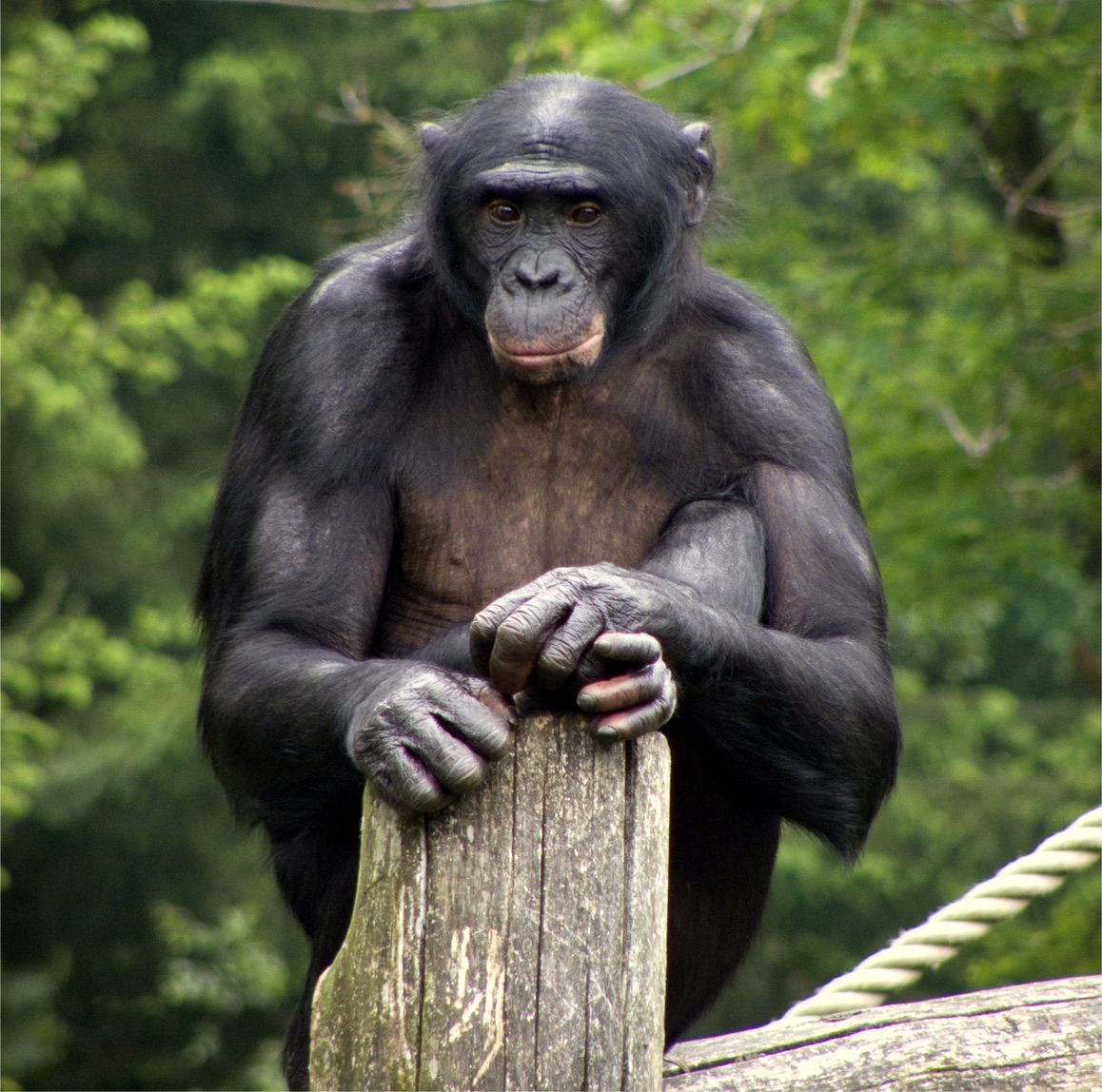In the animal kingdom, males are typically viewed as the dominant sex, often characterized by their larger size and muscularity. Their elevated testosterone levels frequently lead to aggressive behaviors that help them compete for territory and mating rights. Conversely, females generally adopt nurturing roles, caring for their young and steering clear of male conflicts.
However, this pattern is not universal; in some species, females take on leadership roles, guiding large groups and defending them against predators and rivals. This assertive behavior can also impact the mating process, sometimes sidelining males. While this dynamic may appear imbalanced, it reflects the natural order, with animals acting on instincts honed by evolution.
10. Elephants
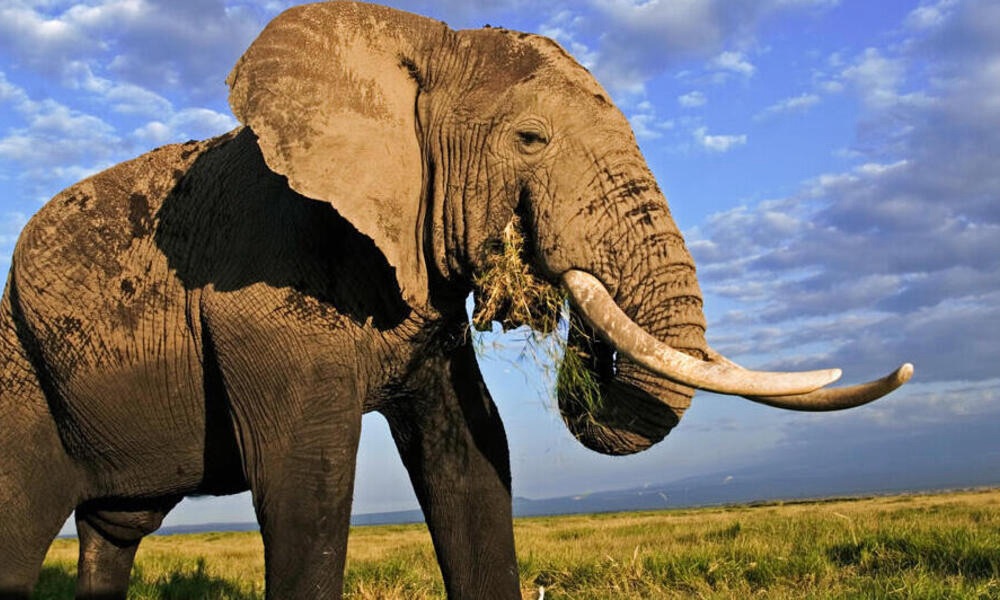
Elephants are the largest land animals on Earth, but their strength does not depend on gender diversity. Elephant herds are primarily composed of females, led by a matriarch who determines where to find food and water.
The males in the herd are typically calves or juveniles. Adult males, known as bulls, lead solitary lives, wandering the wild independently and not participating in the herd’s structure. Bulls only interact with females for mating, after which they separate.
This arrangement upholds the matriarch’s authority and enables the females to care for the young. In this case, cooperation emerges from separation.
9. Octopus
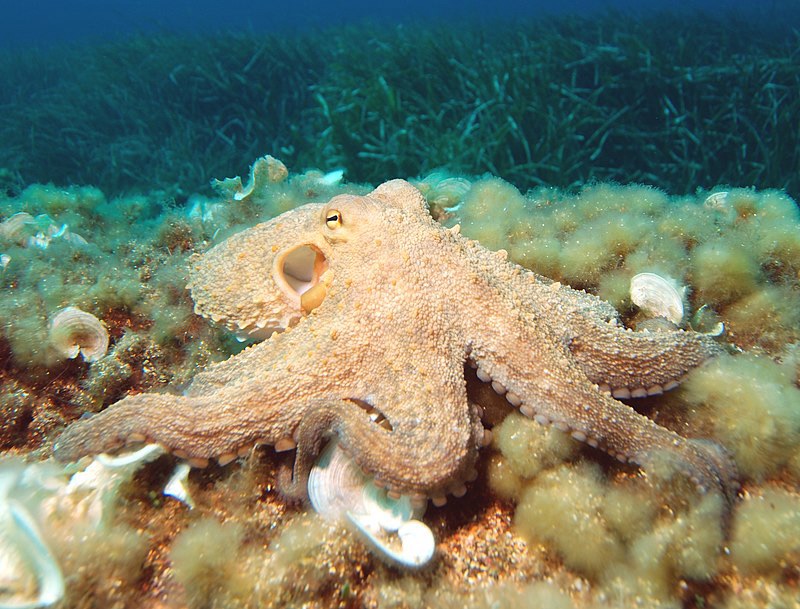
Differentiating between undersea creatures can be challenging, but female octopuses possess a deadly advantage. In the world of octopuses, childcare falls solely to the mothers, who take on this responsibility with a unique twist.
After mating, females often consume their partners, using them as sustenance to meet their energy needs. This cann!balistic behavior allows the female to survive longer while caring for her eggs, ultimately increasing their chances of hatching.
Eventually, the mother also dies, leaving the hatchlings to fend for themselves, which can lead to sibling cann!balism. In the realm of octopuses, familial bonds are virtually nonexistent.
8. Bald Eagle

Bald eagles, the majestic birds of prey, display what seems to be a balanced relationship between the s*xes. They mate for life and share the responsibility of raising their chicks. However, a closer examination of their sizes reveals a notable disparity.
Female bald eagles are significantly larger than males, often leveraging this size advantage to resolve conflicts over food and territory. Females can assert their dominance early on, as they reach a size that allows them to overpower adult males by adolescence. This dynamic can be likened to being dominated by someone half your age, highlighting the males’ experience in these interactions.
7. Spotted Hyena
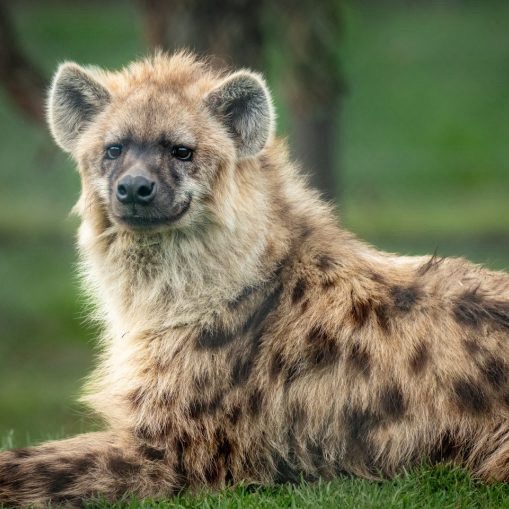
These canine-like creatures are known for their distinctive laughing sounds, but that’s not their only unusual trait. Spotted hyena females tend to be more “masculine” than the males. They are noticeably larger and more muscular, allowing them to lead the pack through force. Interestingly, they possess genitalia that resemble those of males, often causing confusion when distinguishing the s*xes.
Behavioural differences are also evident, particularly during mating. Unlike most species, where aggressive males often prevail, hyena females prefer gentle and subservient partners. This preference helps avoid personality clashes and results in a unique reversal of typical mating behaviors.
6. Meerkats

These lively creatures take polygamy to an extreme level. In a typical meerkat mob, a dominant female leads the group. She is larger than the others, but her most remarkable feature is her extensive male harem. The matriarch commands dozens of males, all subservient to her and eager to assist in breeding. Consequently, most of the offspring are hers, solidifying her control. Those who can’t adapt to this dynamic rarely get another chance.
While meerkat mobs include other females, their roles are precarious. They are primarily tasked with caring for the matriarch’s young. Should they attempt to breed on their own, the dominant female may expel them and even harm their offspring. It’s surprising for such seemingly adorable animals to have a ruthless side, but life as a meerkat involves navigating a delicate balance.
5. Spiders
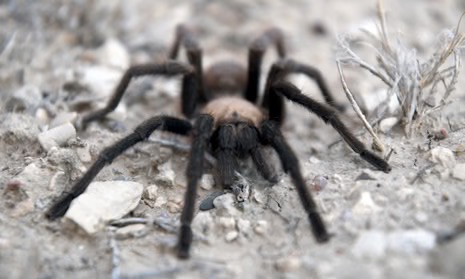
People often associate spiders with females for good reason: female spiders are typically much more dangerous due to their size. In many species, females are significantly larger than their male counterparts, a trait that not only allows them to carry more eggs—enhancing the survival of their genes—but also gives them control over mating interactions. Males must tread carefully around these formidable partners, as courtship encounters can be perilous.
Female spiders can easily overpower and kill males, and a misstep during mating rituals can trigger a lethal response from the female. Even if mating is successful, the male’s safety is not assured, as the female may consume him afterward for nourishment. This provides essential nutrients for both her and her offspring, illustrating the phenomenon of s*xual cannibalism that is often observed in the world of spiders.
4. Ants
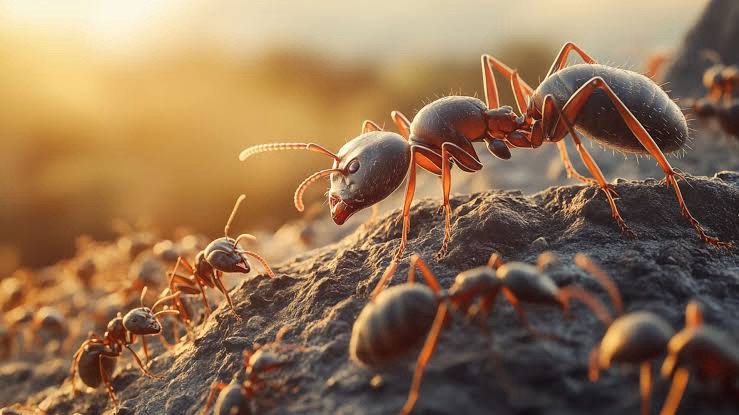
Like many insects, ants are challenging to differentiate by gender at first glance. However, their colonies are predominantly made up of females. These female ants form the primary workforce, responsible for gathering food and maintaining the colony’s daily operations. Males are fewer in number, often serving as mindless drones or expendable soldiers. Both genders, however, share a common leader.
At the center of ant colonies is the queen, who is not only the largest member but also the sole reproducer. She can lay millions of eggs throughout her lifetime, ensuring the colony’s long-term survival. Understanding this, the worker ants dedicate themselves to tending to the queen, providing her with food and maintaining her cleanliness. Their responsibilities also include caring for her offspring, enabling the queen to continue laying more eggs. This continuous cycle reinforces the colony’s numbers, its most valuable asset.
3. Lemurs
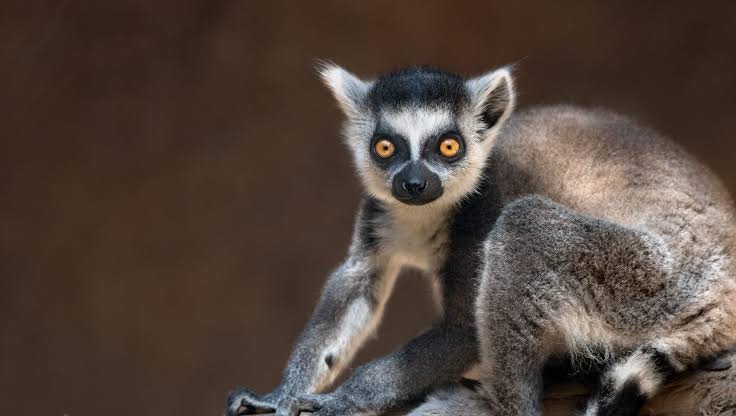
At first glance, lemurs may appear to exhibit gender equality, as both s*xes tend to be similar in size. However, behavioral differences quickly become evident. Female lemurs are notably more aggressive, often using physical force to assert control over the males. Slapping, biting, and tail whipping are common tactics that remind males of their subordinate status. While this behavior may seem harsh, it pales in comparison to how females treat each other.
In lemur societies, matriarchal leadership is established through aggression. Female lemurs frequently engage in fierce fights for dominance, and these confrontations can escalate to lethal levels. The reward for such aggress!on is access to reproductive rights, as dominant females are more likely to produce larger litters. In the relentless struggle of natural selection, these intense battles are viewed as a worthwhile investment for the opportunity to pass on their genes.
2. Orcas

In orca society, females take the lead. These “killer whales” operate under a matriarchal structure, with a dominant female at the helm of each pod. She is responsible for overseeing breeding and migration and may even guide up to four generations of whales. While younger offspring sometimes help care for their siblings, female orcas often leave the pod to reproduce elsewhere, ensuring they don’t interfere with their mother’s role. Males, however, follow a different pattern.
Male orcas typically remain close to their mothers, spending most of their lives just a few feet away from the matriarch. While this might appear overly dependent, it enhances their survival and increases their mating success as they grow older. Even after mating with unrelated females, these males frequently return to their mothers. This dynamic allows the matriarch to sustain her pod and continue her lineage.
1. Bonobos

While bonobos may resemble chimps, they are distinct in their embrace of love and femininity rather than aggression and violence. Female bonobos form tight-knit groups within their communities, enjoying grooming sessions and spending quality time together in peaceful coexistence. In contrast, male bonobos tend to be more solitary, with their alliances often unstable and short-lived. This dynamic shapes their social structure.
Despite being larger, male bonobos typically defer to females, who hold power through their coalitions. These female groups provide essential protection against male harassment. If males become troublesome during mating season, the females unite to fend them off, rendering size irrelevant when outnumbered. This strategy not only strengthens the bonds among females but also allows them to choose their mates freely, empowering them to dictate mating on their own terms.
